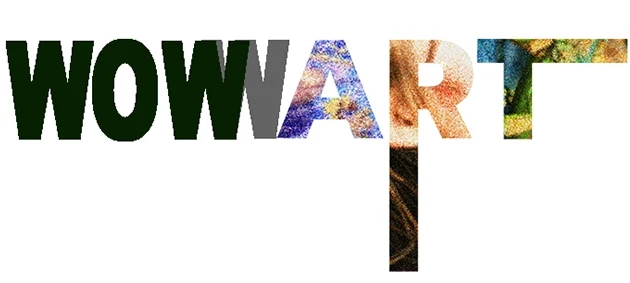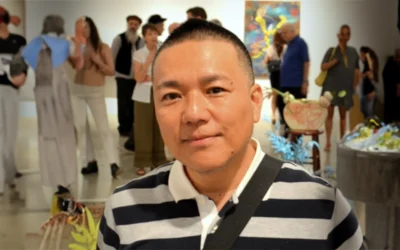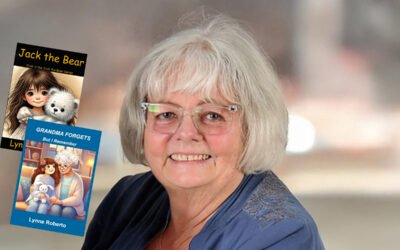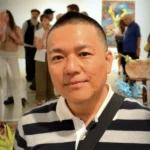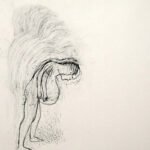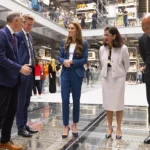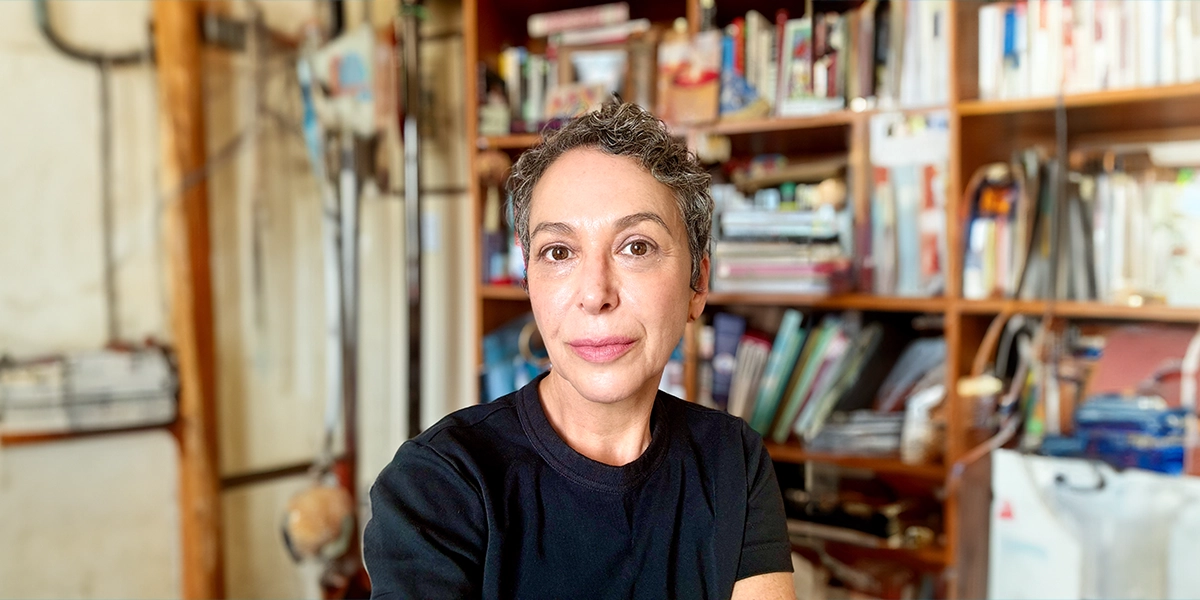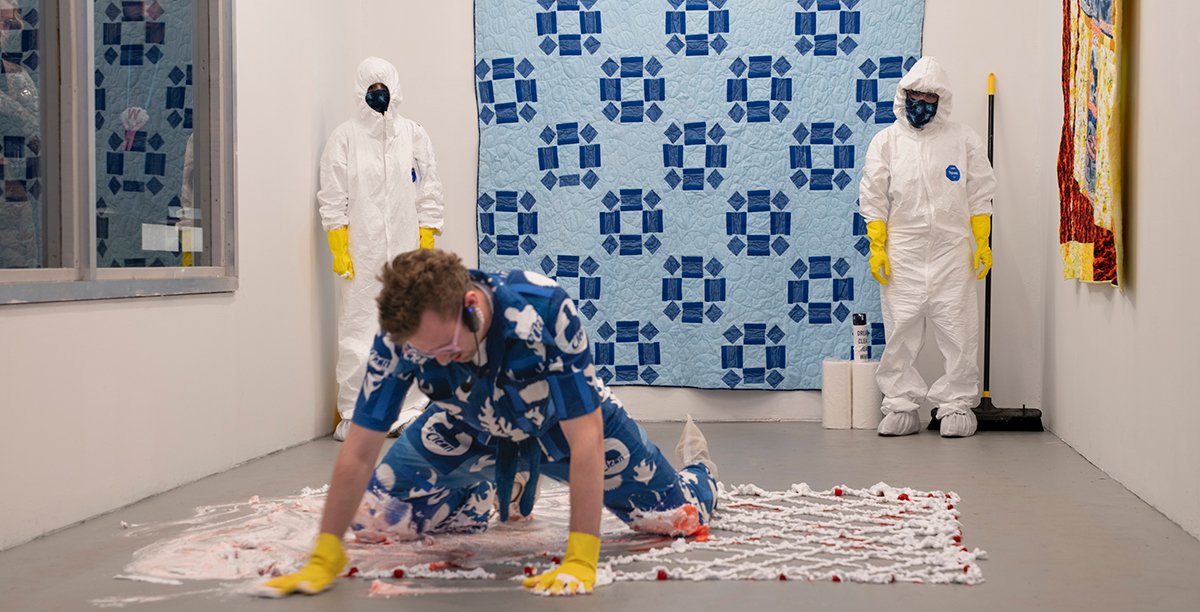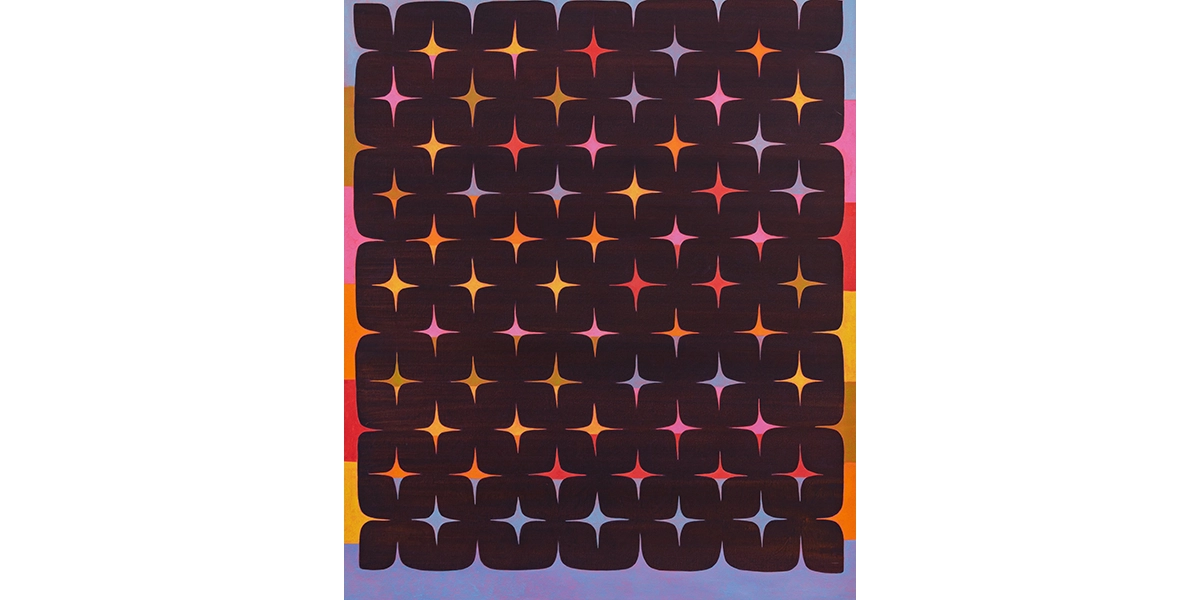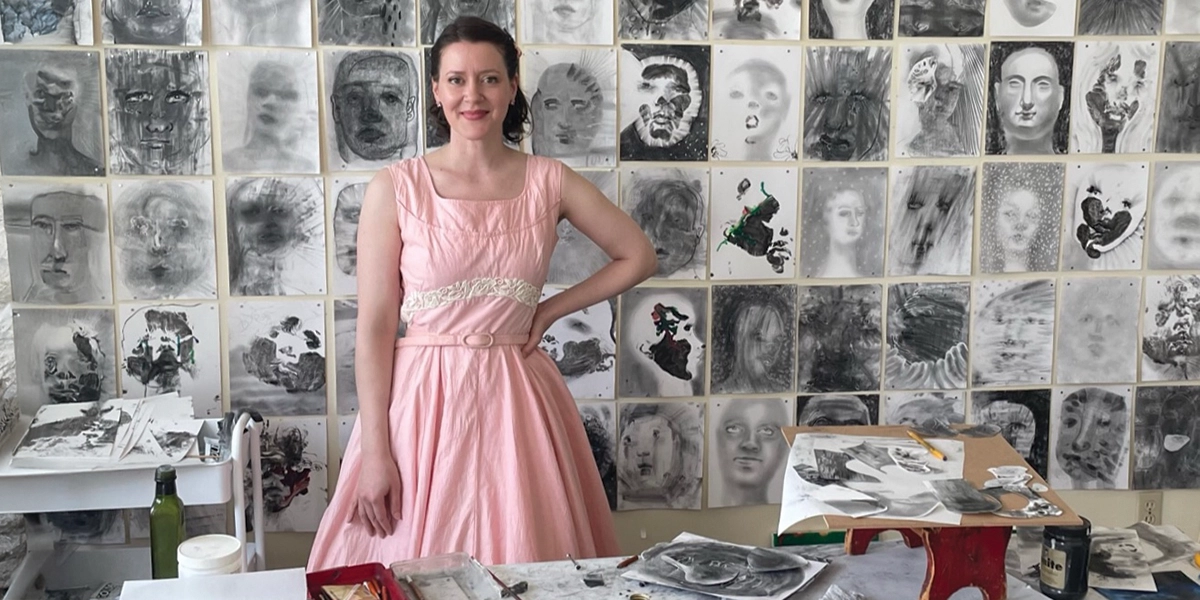Elnaz Javani Explores Identity, Memory, And Cultural Heritage Through Textiles And Storytelling
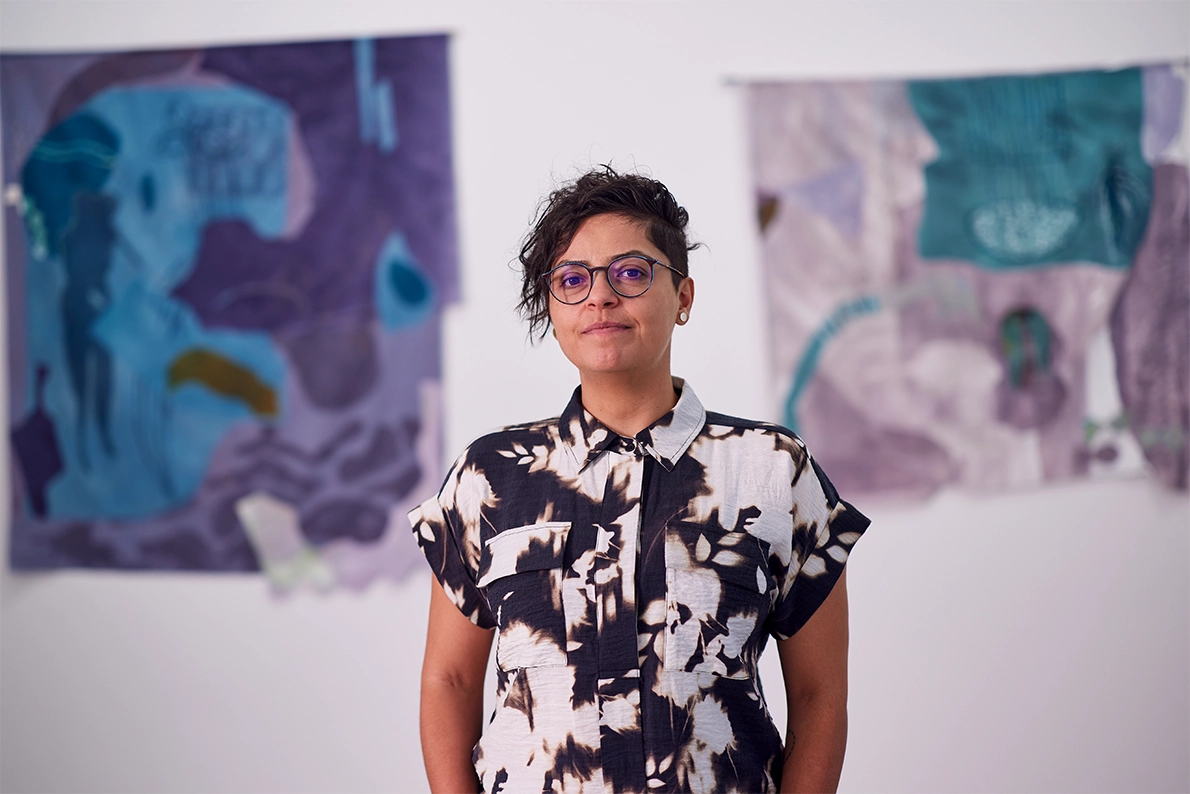
Elnaz Javani’s art delves into migration, memory, and identity, blending traditional textile techniques with contemporary practices to create powerful narratives that challenge perceptions of belonging, gender, and cultural heritage.
Elnaz Javani’s artistic journey is a profound exploration of memory, identity, and cultural heritage. Working across textiles, sculpture, and drawing, she weaves together personal narratives and collective histories, creating works that are as intricate in their craftsmanship as they are in their storytelling. Her practice, deeply informed by her experiences of migration and diasporic identity, transforms traditional textile techniques into contemporary expressions of belonging, resilience, and power.
In this interview, Javani reflects on the dual influences of her Iranian upbringing and her education in the United States, the role of fiber art in addressing complex themes, and the unexpected discoveries that shape her creative process. As an artist and educator, she continues to inspire through her commitment to materiality, storytelling, and the transformative potential of craft.
How do your experiences growing up in Iran and your education in the United States influence the themes and narratives present in your art?
Growing up in Iran and pursuing my education in the United States deeply shape the narratives in my art. Iranian cultural heritage—rooted in storytelling, craft, and tradition—infuses my practice, while my lived experience as an immigrant navigating diasporic identity brings themes of belonging, memory, and migration to the forefront. My U.S. education introduced me to interdisciplinary approaches, merging traditional textile techniques with contemporary practices, and fostered critical engagement with issues of gender, labor, and power. This duality—bridging personal and cultural histories—allows me to use textiles as a tactile, empathetic medium to explore complex intersections of identity and shared narratives.
In what ways do fiber processing and printing techniques serve as a medium for expressing complex ideas related to diasporic identity, gender, and power dynamics in your work?
Fiber processing and printing techniques serve as powerful mediums for expressing complex ideas in my work. These tactile, labor-intensive practices embody themes of diasporic identity, gender, and power dynamics through their materiality and process. Techniques like weaving, dyeing, and stitching connect personal and collective histories, reflecting the layered experiences of migration and belonging. Printing on textiles allows me to merge image and material, creating a dialogue between surface and structure. The repetitive, meditative nature of these processes reclaims power, transforming traditionally undervalued labor into acts of devotion. This interplay of craft, narrative, and material opens space to challenge and redefine identity.
You embrace the element of surprise and accident in your creative process. Can you discuss a specific instance where this approach led to an unexpected outcome in one of your pieces?
Embracing surprise and accident has been transformative in my creative process. During a dyeing project, I experimented with different dye processes and monoprinting techniques. An unexpected reaction between the layers of dye created intricate, unplanned patterns resembling topographic maps. Initially, I perceived it as a mistake, but as I engaged with the piece, I realized it reflected themes of displacement, with the patterns evoking fragmented landscapes and journeys. This accident not only enriched the narrative but also expanded my approach to materiality, reminding me that spontaneity and imperfection can uncover deeper connections and meanings in my work.
As an Assistant Professor at CSU, how do you incorporate your artistic practice and the themes you explore into your curriculum to inspire your students?
As an Assistant Professor at CSU, I integrate my artistic practice and research themes into the curriculum to inspire students through hands-on exploration and critical engagement. By
teaching techniques like weaving, dyeing, and printing, I connect material processes to broader narratives of identity, memory, and cultural heritage. I encourage students to consider how their personal experiences intersect with societal issues, fostering meaningful storytelling through textiles. My focus on labor-intensive practices emphasizes the value of craft and process, while discussions on diasporic identity, gender, and power dynamics challenge students to think critically and conceptually, bridging traditional techniques with contemporary artmaking.
Being named one of Chicago’s Break Out Artists in 2022 is a notable recognition. How has this accolade influenced your artistic direction and opportunities in the art community?
Being named one of Chicago’s Breakout Artists in 2022 was a meaningful recognition that brought new opportunities. It validated my work, encouraging me to deepen my practice and take creative risks. The accolade expanded my visibility, connecting me with a broader network of artists, curators, and collaborators, and led to new exhibitions and enriching dialogues. It reinforced the value of using textiles to explore complex themes, inspiring me to innovate and remain committed to cultural conversations through my art.
With your work included in the permanent collection at the DePaul Art Museum, what message or emotional resonance do you hope audiences derive from experiencing your art?
Having my work in the permanent collection at the DePaul Art Museum is an honor. I hope audiences feel a sense of connection and introspection when engaging with my art. Through my work, I aim to evoke both personal and collective narratives, encouraging viewers to reflect on the emotional weight of labor, materiality, and storytelling embedded in each piece. By highlighting the beauty and resilience found in fragmentation and imperfection, I strive to create space for meaningful dialogue about belonging, cultural heritage, and shared human experiences that resonate across diverse perspectives and backgrounds.
